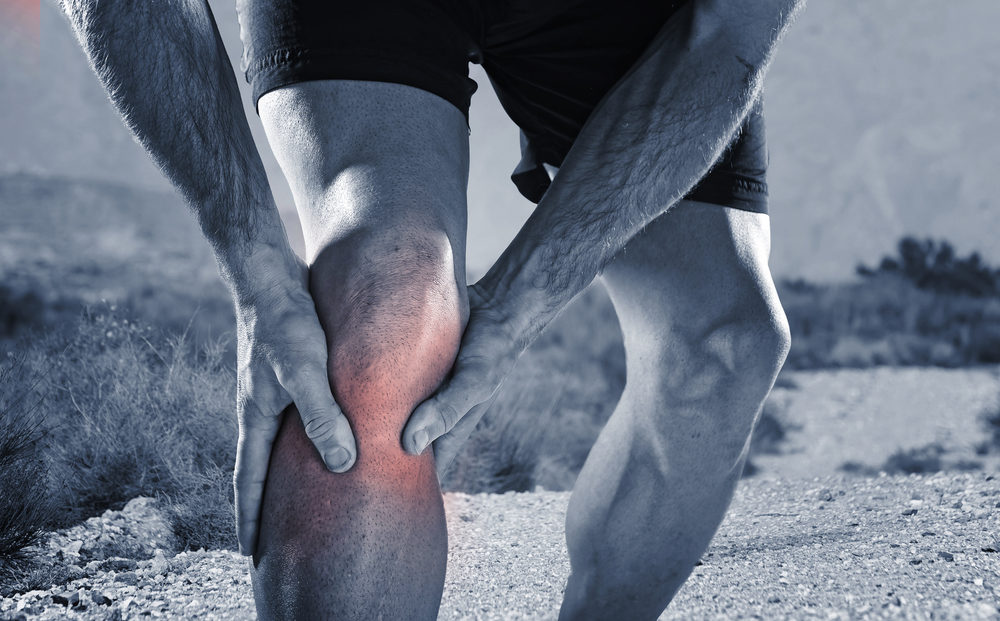Learn the difference between a sprain and a strain, and how you can prevent these painful injuries.
Sprains and strains are common injuries, especially among active people. But the differences between these injuries are not widely understood: while both of these conditions are painful, they are caused by damage to different tissues of the body.
Sprains are injuries to ligaments, which are the thick elastic bands connecting bone to bone. Ligaments stabilize joints and facilitate movement. If a joint moves beyond its usual range of motion, this often causes a sprain.
Strains are injuries to either muscles or tendons, which are the tissues binding muscle to bone. They include tears in the area where muscle and tendon bind together. Both muscles and tendons are composed of smaller fibers, which contract to move the body. A strain may overstretch these fibers, tear them partially, or result in a complete rupture.
THE THREE GRADES OF SPRAINS AND STRAINS
Your doctor will categorize your sprain or strain according to its severity. While all sprains and strains are painful, more serious injuries require a longer healing time, and sometimes need to be repaired with surgery.
With a mild Grade I sprain or strain, the muscle or ligament may be overstretched or sustain a minor tear. In this case, you can usually recover with rest, ice, a compress, and elevation of the affected area.
A moderate Grade II injury consists of a muscle or ligament that is still intact but more extensively torn. You may want to consult your doctor for a comprehensive healing plan, and you can expect a longer recovery period.
A severe injury, classified as Grade III, means that the tissues have suffered a complete tear or rupture. In these cases, you should be sure to consult your doctor, who may recommend surgery.
HOW TO AVOID THESE COMMON INJURIES
Sprains are often caused by sudden force, such as when a joint gets knocked out of position. Ankles are often at risk of sprains, as a misstep or jump may cause the joint to roll or twist. Knee sprains are also unfortunately common: many soccer or football players undergo ACL surgery after a severe knee sprain.
While a sudden impact can take you by surprise, you can take steps to avoid stress on your body. Be sure to properly train for high-impact physical activity or sports, and don’t attempt stressful movements — like high jumps or heavy lifts — without preparation.
Strains are a common injury in sports, as well as in the workplace. These can be classified as “acute,” or sudden, if you overstretch a muscle or stress it with excessive force. You should also be careful to avoid chronic strains from repetitive motion, which is a common cause of shoulder strains. Overusing a muscle or tendon causes the fibers to weaken, leaving you more prone to injury. This can also happen if you use a muscle without conditioning it for the task. You are more prone to back strains, for instance, after too much sitting, when a sudden movement can cause the weakened muscles to tear.
One key to avoiding strains is being aware of your body. For instance, many people may not know that the hip flexors are important for balance and movement, and if you don’t stretch them, you can overuse these muscles when exercising. That’s why it’s important to pay attention to your whole body, not just the muscles or joints that are in use — in this case, an ache in the front of the hip may signal that you’re neglecting the hip flexors, which could therefore be more prone to injury.
TREATING A SPRAIN OR A STRAIN
For most sprains and strains, you should follow a conservative treatment plan of resting for 48 hours, icing the area, using a compress to control the swelling, and keeping the area elevated above the heart, if possible.
You may want to consult an orthopedic specialist if you’re worried about the severity of your case. In addition to a physical examination, your doctor may have you undergo an X-ray, CT scan, or MRI to diagnose the extent of the damage, and assess whether surgery is necessary. The specialists at New York Bone & Joint can work with you to develop a thorough treatment plan based on your personal needs, and make sure your injury doesn’t hold you back from the activities you love.




